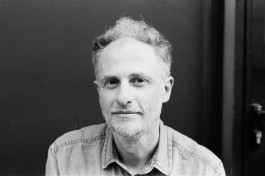Exhbition:
'As long as there is life, there is distance'
Stacy Kranitz, Fabiola Cedillo, and Davide Degano
April, 2022
Distance is a simplified image of reality, often adopted to connote human and social relationships. The photographic device as a tool for investigation and representation of the visible offers the possibility of measuring these gaps, made up of spaces and conventions, sometimes reducing the terms between what is a phenomenon in itself and the idea we have made of it. The exhibition explores the question of distance from different perspectives: familial, generational, and geographical. In each, photography emerges as an opportunity for understanding, proximity, and potential interest in human relationships, for broader thinking—a dialectic beyond the limits of communication, connecting us in a dream. As described by Manari Ushigua (guide of the Sápara, Amazonian tribe): "We have lost the art of listening. Now the first thing we do when something appears is to take a picture." Paraphrasing the anthropologist Eduardo Kohn, we wonder if photographic listening can be a practice to open up to the unexpected, leaving aside the patterns with which we usually think.
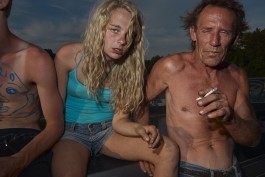
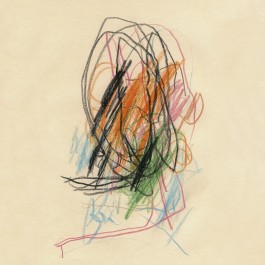
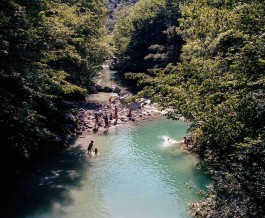
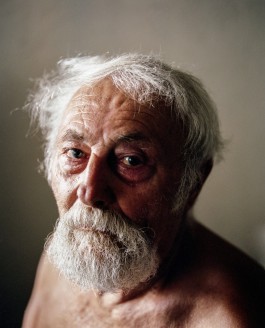
Exhbition:
'As long as there is life, there is distance'
Stacy Kranitz, Fabiola Cedillo, and Davide Degano
April, 2022
Distance is a simplified image of reality, often adopted to connote human and social relationships. The photographic device as a tool for investigation and representation of the visible offers the possibility of measuring these gaps, made up of spaces and conventions, sometimes reducing the terms between what is a phenomenon in itself and the idea we have made of it. The exhibition explores the question of distance from different perspectives: familial, generational, and geographical. In each, photography emerges as an opportunity for understanding, proximity, and potential interest in human relationships, for broader thinking—a dialectic beyond the limits of communication, connecting us in a dream. As described by Manari Ushigua (guide of the Sápara, Amazonian tribe): "We have lost the art of listening. Now the first thing we do when something appears is to take a picture." Paraphrasing the anthropologist Eduardo Kohn, we wonder if photographic listening can be a practice to open up to the unexpected, leaving aside the patterns with which we usually think.




